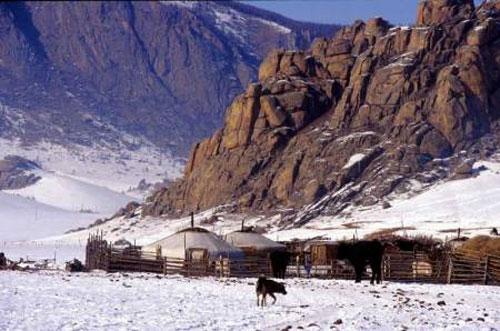Энэ 7 хоногт
China’s coal output to increase in 2010
According to Wu Yongping, Datong Coal Mine Group’s chairman,

According to Wu Yongping, Datong Coal Mine Group’s chairman, “the growth in output is partly due to the consolidation drive in the coal industry of the Shanxi province” adding there are “many large shafts which are expected to complete construction this year.”
Shanxi launched a consolidation push in the coal industry last year during the economic slowdown, causing its annual coal output to fall about 5 percent. The Shanxi consolidation drive -- which aimed to close small, dangerous and inefficient mines -- was a major factor in turning China into a net importer of coal last year, with a record coal imports of 126 million tonnes last year, triple the 2008 level, and a tenfold leap in China’s net imports of higher grades of coal used in steelmaking.
But now Shanxi’s consolidation drive is almost complete. More than 99 percent of merger and acquisition contracts between small mines and bigger mining companies have been signed, a government document showed. Datong Coal Mine Group, one of the country’s top coal producers based in the province expects its output to grow more than 20 percent this year to about 150 million tonnes.
Other provinces are also consolidating their coal mining sectors. Henan announced a year-long push for more consolidation last week and Shandong and Inner Mongolia are expected to do so soon.
Furthermore, China also wants to cut its heavy dependency on coal for power generation and cut back on the dirty fuel, with hydropower, wind, nuclear, and gas playing larger roles. Those energy sources, costlier than coal, could make quicker strides if consolidation pushes up coal prices, either by cutting supply or raising safety standards and production costs.
In addition, some analysts believe this year China’s coal consumption growth could keep pace with the country’s economic growth, forecast at 9.5 percent. If China’s coal needs are mainly met by its vast domestic production, a small variance in domestic output will trigger a big swing in imports.
If 2010 output reach 3.3 billion tonnes, 9 percent demand growth would imply a fall of about 10 percent in net imports, and every one percentage point variance in demand would raise or lower annual imports by about 30 million tonnes. If 2010 output turns out to be just 1 percent higher than that, at 3.333 billion tonnes, net imports could slump as much as 90 percent from 2009.






